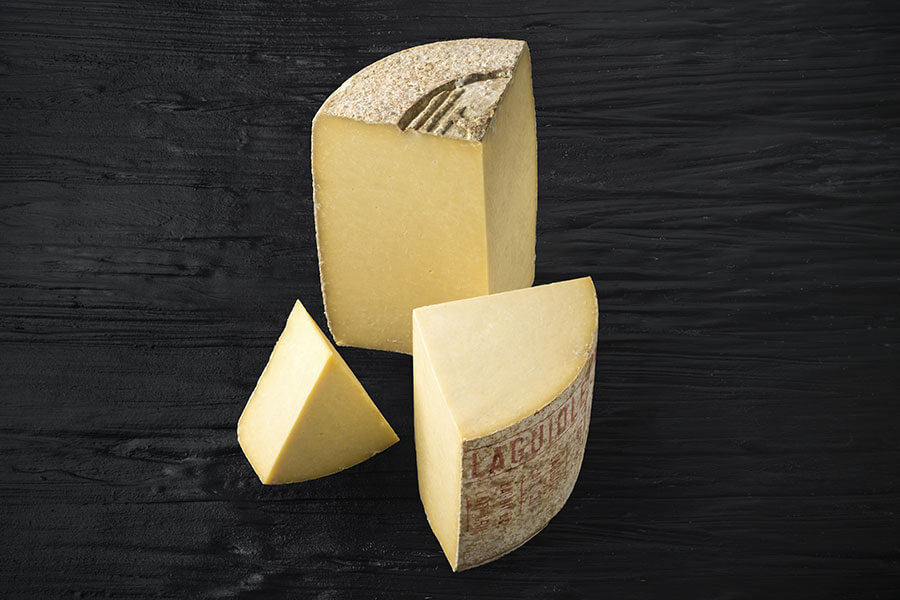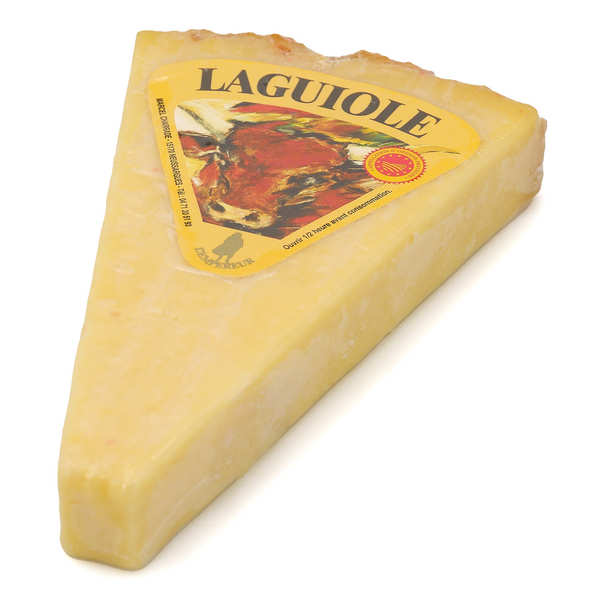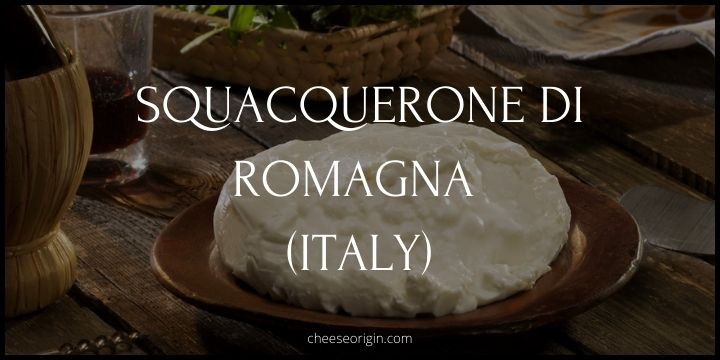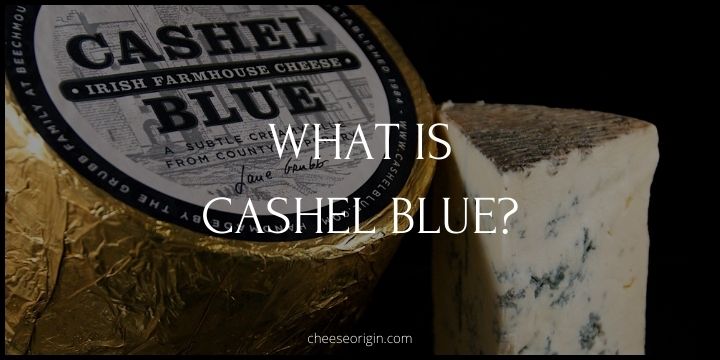What is Laguiole Cheese? An Iconic French Delicacy
Immerse yourself in the rich, delectable world of Laguiole Cheese, an iconic French delicacy that has graced tables for centuries. Hailing from the high plateaus of Aubrac in southern France, Laguiole is not just a cheese—it’s a testament to time-honored traditions and meticulous craftsmanship.
The distinct flavor profile, a harmonious blend of nutty undertones with a subtle hint of tang, makes it a standout in the vast landscape of French cheeses. Whether savored on its own or paired with a robust red wine, Laguiole cheese is a culinary experience that lingers on the palate and enchants the senses.
Quick Facts About Laguiole Cheese
| Quick Facts | Description |
|---|---|
| Origin | Aubrac, France |
| Milk Type | Cow’s milk |
| Cheese Type | Hard, Uncooked |
| Flavor | Nutty and complex with a hint of wildflowers |
| Texture | Firm and crumbly |
| Color | Pale yellow |
| Aging Time | Minimum 6 months |
| Pairings | Red wine like Merlot or Cabernet Sauvignon, fruits, and nuts |
| Protected Designation | AOC (Appellation d’Origine Contrôlée) since 1961 |
What is Laguiole Cheese?

Laguiole cheese, also known as Tome de Laguiole, is a French culinary masterpiece that originates from the high plateau of Aubrac, situated between 800 – 1400m. This cheese represents the rich gastronomic tradition of France and carries with it a taste of the country’s vibrant history and natural splendor.
This hard, unpasteurized cheese is crafted from cow’s milk, deriving its distinct name from the region it calls home. The process of making this cylindrical cheese is a testament to the artisanal skills passed down through generations. Traditionally, it was made in shepherds’ huts during seasonal migration, adding a unique element of local culture and history to its creation.
Laguiole has a complex and slightly perfumed taste that sets it apart from other cheeses. The flavor profile is further enhanced by a thick, dry, greyish-orange rind enveloping a firm, golden pate. This cheese of great character is often described as aromatic and semi-soft, maturing into a light brown color as it ages.
Named after a village on the Aubrac plateau, Laguiole’s roots can be traced back to the 12th century, making it a time-honored tradition in French cuisine. It’s not just a cheese; it’s a symbol of France’s love for food and its commitment to preserving age-old techniques and flavors.
Whether you’re a cheese connoisseur or a casual foodie, Laguiole offers an opportunity to savor a piece of France’s culinary heritage. Its unique characteristics make it a must-try for anyone seeking to expand their cheese palate.
What Does Laguiole Cheese Taste Like?
Laguiole cheese offers a unique taste experience that is both complex and engaging. It has a distinct nutty flavor, which is often described as being rich and robust. The cheese starts off mild, but as it ages, the flavor deepens and intensifies, developing a more pronounced taste.
One of the standout characteristics of Laguiole cheese is its subtle hint of wildflowers, likely due to the rich, diverse flora of the Aubrac plateau where the cows graze. This floral note adds an unexpected yet delightful layer to its overall flavor profile.
The texture of Laguiole is firm and crumbly, which complements its strong taste. As the cheese matures, it develops a slight tanginess that lingers on the palate, making it a memorable tasting experience.
In essence, Laguiole cheese offers a harmonious blend of flavors – a balance of nuttiness, floral undertones, and a mature tang. Its taste is a true reflection of its origin, carrying the essence of the French highlands in each bite.
Laguiole Tasting Notes
- Appearance: Laguiole is a cylindrical cheese with a thick and dry greyish-orange rind. Inside, the cheese has a firm, pale yellow pate that turns golden as it ages.
- Texture: It’s firm but can be crumbly when cut, providing a pleasing contrast to its creamy mouthfeel.
- Smell: The cheese has a rustic, earthy aroma that hints at the natural pastures where the cows graze.
- Taste: Laguiole offers a complex flavor profile. It starts with a rich, nutty taste that deepens and intensifies as the cheese ages.
- Aftertaste: A notable feature of Laguiole cheese is its lingering aftertaste. There’s a slight tanginess that remains on the palate, adding depth to its overall flavor.
- Pairings: This cheese pairs well with robust red wines like Merlot or Cabernet Sauvignon. For food pairings, consider fruits and nuts that can complement its rich, nutty flavor.
Enjoying Laguiole cheese is not just about the taste; it’s an experience that involves all the senses. From its appearance and texture to its aroma, taste, and aftertaste, each element contributes to a unique gastronomic journey.
How to Eat Laguiole Cheese?
Laguiole cheese is a versatile food item that can be enjoyed in various ways:
- As a Table Cheese: Laguiole is often served as a table cheese, which means it can be enjoyed on its own at the end of a meal. You can slice it and serve it on a cheese board along with a selection of other cheeses. Its firm texture makes it easy to handle and slice.
- With Wine: This cheese pairs well with fruity red wines. A red Chignin from Savoie is a recommended pairing due to its deep and complex flavor profile. The wine’s fruity notes complement the cheese’s nutty and tangy flavors.
- In Cooking: Laguiole is also used as an ingredient in traditional French cooking. It is one of the principal ingredients in Aligot, a traditional French dish made from mashed potatoes blended with cheese. The result is a stretchy, creamy dish that highlights the cheese’s flavor.
- With Other Foods: You can try eating Laguiole cheese with fresh bread, where its robust flavor can shine. It’s also delicious when paired with fruit preserves or honey, providing a sweet contrast to its savory taste.
7 Best Laguiole Cheese Substitutes
| Cheese Substitute | Why It Works as a Substitute |
|---|---|
| Gruyère | Gruyère is a hard yellow cheese that’s known for its nutty, slightly sweet flavor. It can mimic the rich, complex taste of Laguiole. Plus, it melts well, making it a good choice for recipes that require melted cheese. |
| Mozzarella | Mozzarella is chosen for its incredible stretchiness when melted, which is essential for achieving the unique texture of dishes like Aligot. However, it’s milder in flavor than Laguiole, so it’s often used in combination with a more flavorful cheese. |
| Cantal | Cantal is another French cheese that has a mildly sharp flavor. It’s less intense than Laguiole but can still provide a similar taste profile. It’s also a good melter. |
| Lancashire | Lancashire is a British cheese that has a creamy and crumbly texture. Its flavor is mild enough to not overpower the dish but distinct enough to add depth. |
| Cheddar | Cheddar is a widely available cheese that melts well and has a sharp flavor. It can add a depth of flavor to dishes, though it’s less nutty than Laguiole. |
| Pont-L’Évêque | Pont-L’Évêque is a French cheese that’s creamy and rich. Its robust flavor can stand in for Laguiole in many recipes. It’s included here as a potential substitute based on its similar texture and flavor profile. |
| Mimolette | Mimolette is a hard French cheese known for its bright orange color and nutty flavor. It could serve as a substitute for Laguiole due to its similar flavor characteristics. |

What Pairs Well With Laguiole Cheese:
Food that goes well with Laguiole:
| Category | Food Pairings |
|---|---|
| Bread/Crackers | Whole grain bread, French baguette, multi-seed crackers. These options provide a nice contrast in texture and flavor to the rich, nutty taste of Laguiole. |
| Fruits | Apples, grapes, figs. The sweetness of these fruits balances the savory flavor of the cheese. |
| Nuts | Almonds, walnuts, hazelnuts. Nuts complement the nutty undertones in Laguiole and add a crunch that contrasts its creamy texture. |
| Meats | Salami, prosciutto, smoked ham. The saltiness of cured meats pairs well with the robust flavor of the cheese. |
| Jams/Preserves | Fig jam, apricot preserves, honey. The sweetness of these spreads provides a nice counterbalance to the tangy, nutty flavor of Laguiole. |
| Vegetables | Roasted bell peppers, marinated artichokes, olives. These vegetables add a savory element that complements the cheese. |
| Condiments | Whole grain mustard, olive tapenade. These condiments can add an extra layer of complexity to the cheese’s flavor profile. |
Also read: 11 Best Crackers that Pair Well with Cheese
Beverage that goes well with Laguiole:
| Category | Beverage Pairings |
|---|---|
| Red Wines | Full-bodied red wines like Cabernet Sauvignon or Merlot. These wines have robust flavors that can stand up to the rich, nutty flavor of Laguiole. |
| White Wines | Lighter, fruity white wines like Sauvignon Blanc or Pinot Grigio. These wines provide a refreshing contrast to the savory taste of the cheese. |
| Rose Wines | Dry rosé wines which offer a balance between the richness of reds and the freshness of whites, complementing the cheese nicely. |
| Sparkling Wines | Champagne or other sparkling wines. The effervescence and crispness of these wines can cut through the richness of the cheese, providing a nice balance. |
| Beer | Nutty brown ales or robust stouts. These beers often have flavors that can complement the nuttiness of Laguiole. |
| Non-Alcoholic | Fresh apple cider or pear juice. These beverages have a natural sweetness that can counterbalance the savory flavor of the cheese. |
Also read: Best Wine and Cheese Pairings: The Ultimate Guide
Also read:
- What is Stracchino (Crescenza)? The Creamy Treasure of Northern Italy
- What is Brie de Melun? An Ancestor of All Bries
- What is Chaource? The Creamy Crown Jewel of French Cheeses
- What is Pepper Jack Cheese? The Spicy Star of American Dairy
- What is Maroilles? A Taste of French Heritage
- What is Quark Cheese? A Hidden Dairy Gem
- What is Livarot Cheese? The Pungent Delight from Normandy





